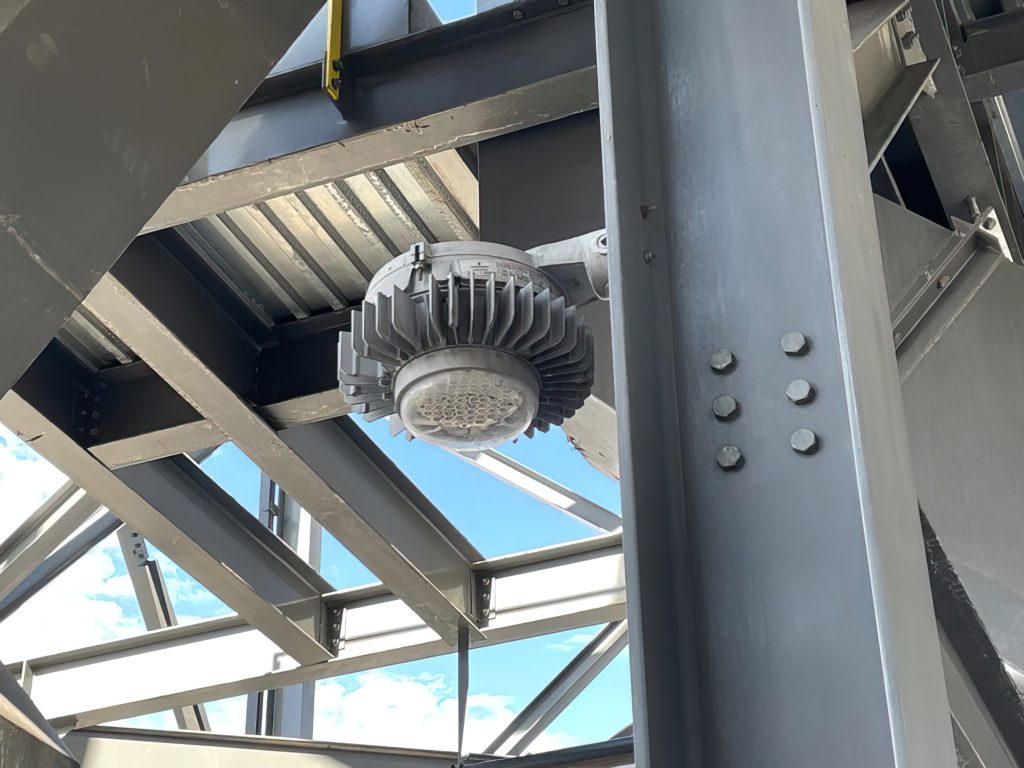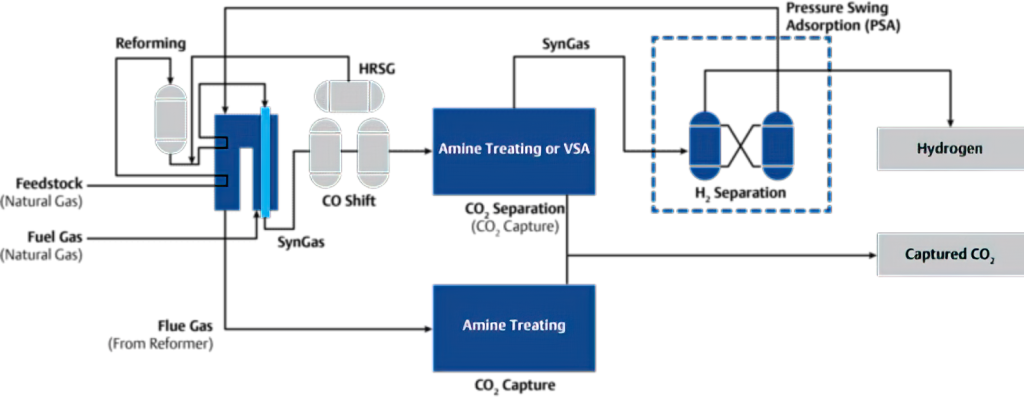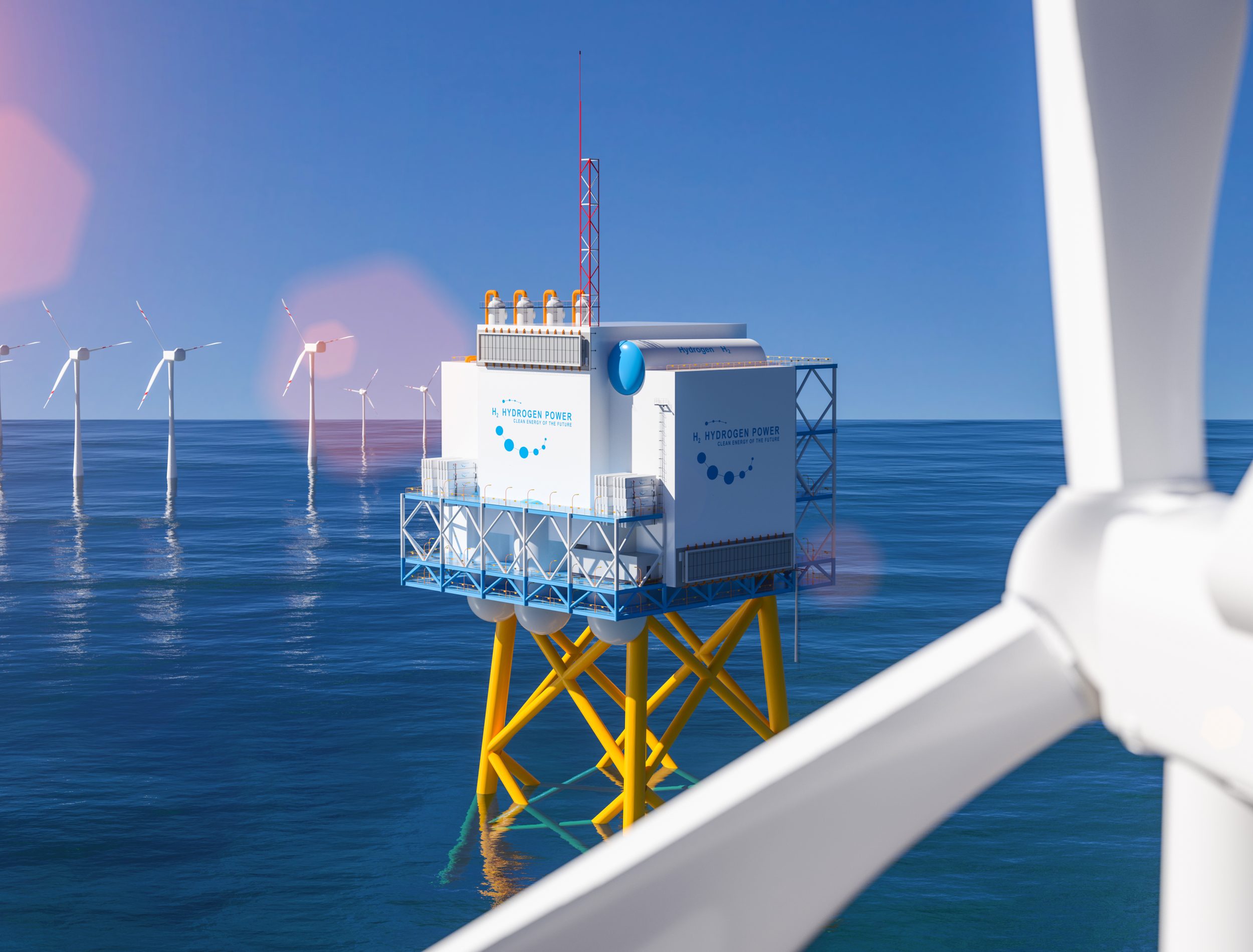
Hydrogen Fires and Explosions
When developing electrical systems for a hydrogen application, engineers must be aware of its associated dangers and the need for proper hazardous area classification for electrical equipment. Make no mistake — there are serious safety concerns when hydrogen is released in sufficient concentrations, a situation made more precarious because hydrogen is both colorless and odorless.
Hydrogen’s wide flammability range (4% to 74%) means the energy needed to ignite it can be very low, like that generated by a small spark or an electrostatic discharge. Therefore, all electrical equipment must be bonded and grounded. Any equipment that is not approved for hazardous environments by the NEC, IECEx or ATEX must be kept outside of the designated area.
Another danger of hydrogen is that its flames burn at extremely high temperatures (500° C, 932° F) yet mostly outside of the visible light spectrum, making these fires both extremely destructive and nearly impossible to initially detect. Furthermore, at concentrations of 18.3% to 59%, hydrogen will explode. Blast waves from a hydrogen explosion can cause very serious damage to surrounding buildings as well as injuries to nearby personnel. Explosive forces will vary depending on several factors, such as the quantity of gas, the presence of any other materials, and the conditions under which the explosion occurs including container geometry.
The DOE Office of Energy Efficiency and Renewable Energy classifies hydrogen explosions as being either deflagrations or detonations:
Types of hydrogen combustion – Deflagration versus Detonation*
- Deflagrations are combustion explosions in which there is subsonic flame propagation through the hydrogen-oxidant (typically hydrogen-air) mixture.
- Detonations are combustion explosions in which there is supersonic flame propagation through the hydrogen-oxidant (typically hydrogen-air) mixture, such that shock waves are generated. Detonations are frequently more destructive than deflagrations.
- Deflagrations can sometimes accelerate when the flame propagates across repeated small obstacles or through long pipes to produce deflagration-to-detonation transition (DDT). DDT does not occur in hydrogen concentrations near the flammable limits and is more likely to occur in large equipment or piping, or in very large hydrogen releases in a partially confined area.
- Deflagration venting per NFPA 68 Explosion Protection by Deflagration Venting is not an effective explosion protection measure when DDT occurs; it is effective for deflagrations.
- Detonation prevention and detonation pressure loads for gas mixtures in piping are described in NFPA 67 Explosion Protection for Gaseous Mixtures in Pipe Systems.
Hydrogen has one safety advantage over other flammable fuels: hydrogen is 14 times lighter than air and rises six times faster than natural gas, which means that it disperses rapidly when released. Unless leaking hydrogen is contained by a roof or some other structure, it will quickly disburse before it reaches a flammable concentration. The laws of physics prevent it from lingering near a leak unlike heavier gases such as propane or gasoline fumes. For that reason, hydrogen explosions and fires are most likely to occur in confined, poorly ventilated spaces where hydrogen is processed or stored in large quantities.
Mitigating Hydrogen Risks
In North America, electrical systems installed in hydrogen applications follow the National Electrical Code (NEC), Article 500. The NEC is incorporated into most state and local jurisdiction regulations and therefore carries the weight of law.
In Article 500, 502, and 503 the NEC details its Class (nature of the hazardous material) and Division (likelihood of existence of it) system, which is further delineated into Groups (the type of hazardous materials). The NEC Class/Division System for hazardous areas classifies hydrogen applications as being Class 1, Division 1 or Division 2, Group B.
A Class I area is defined by the NEC as “Locations which are deemed hazardous due to the presence of gases or vapors that are present in the air in a sufficient quantity to produce explosive or ignitable mixtures.” This will apply to most areas where hydrogen is produced, stored, transported or dispensed.
Class 1 hazardous locations are subdivided into Divisions. Division 1 is a Class I location “where the hazardous atmosphere is expected to be present during normal operations on a continuous, intermittent or periodic basis.” Division 2 is a Class I location in which “volatile flammable liquids or gases are handled, processed or used but in which they would normally be confined within closed containers or closed systems from which they can escape only in the event of an accidental rupture or breakdown of the containers or systems.”
Divisions are broken down into seven groups (A, B, C, D, E, F, G), although three (E, F, G) refer only to dust and not gases. Data pertaining to combustible vapors and gases in determining Group are its flash point, upper/lower flammable limits, auto-ignite temperature, density and pressure, as well as its MIE (minimum ignition energy), MIC (minimum igniting current) and MESG (maximum experimental safe gap).
Hydrogen falls into Group B. Group B is an area that contains a flammable gas, liquid-produced vapor or combustible liquid-produced vapor mixed with air that has the potential to catch fire and burn or explode. The elements in this Group have an MESG (Maximum Experimental Safe Gap) value equal to or less than 0.45mm or an MIC (Minimum Igniting Current) ratio equal to or less than 0.40. Besides hydrogen, other Group B gases include butadiene, ethylene oxide, propylene oxide and acrolein.
Applying due diligence in the classification, design and installation per the applicable code will render hydrogen no more dangerous than any other product. We’ll also note here that the application of ventilation may change the electrical requirements in hazardous locations where hydrogen is present, as can walls, ceilings and floors as separation between classified and non-classified areas. If fans are being used, vent fan blades should be constructed with aluminum, plastic or other non-sparking material.

Hazardous Area Strategy
- Classify Area: Identify location and determine flammability/combustibility characteristics of any hazardous materials present, specifically their extent, duration, and sensitivity to spark and heat ignition.
- Control: Explore ways to eliminate and/or control flammable atmospheres.
- Specify Correct Equipment: Specify, install, and properly maintain electrical equipment engineered for use in the hazardous areas identified and classified.





